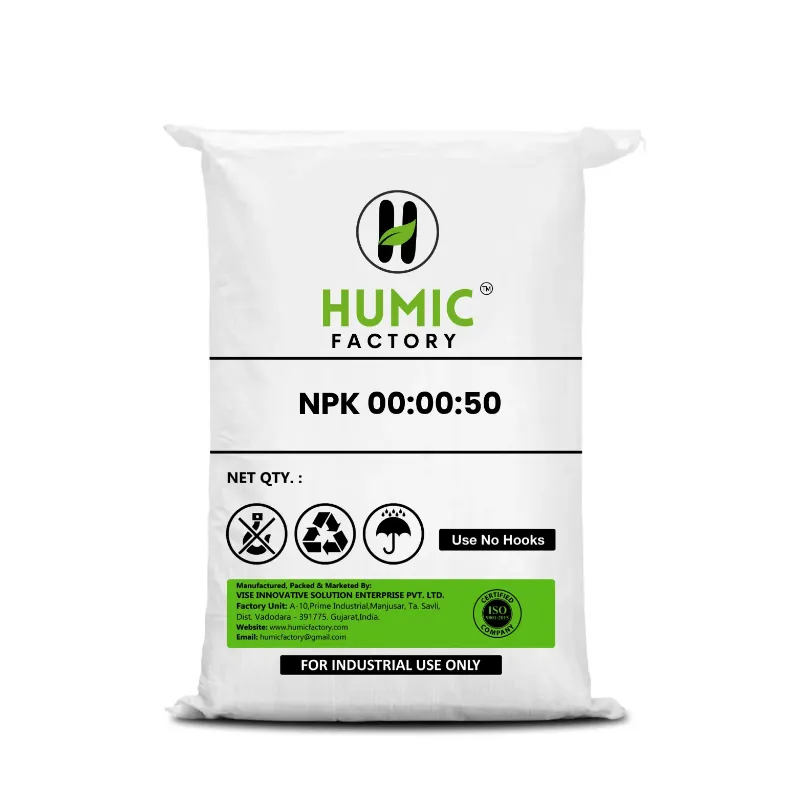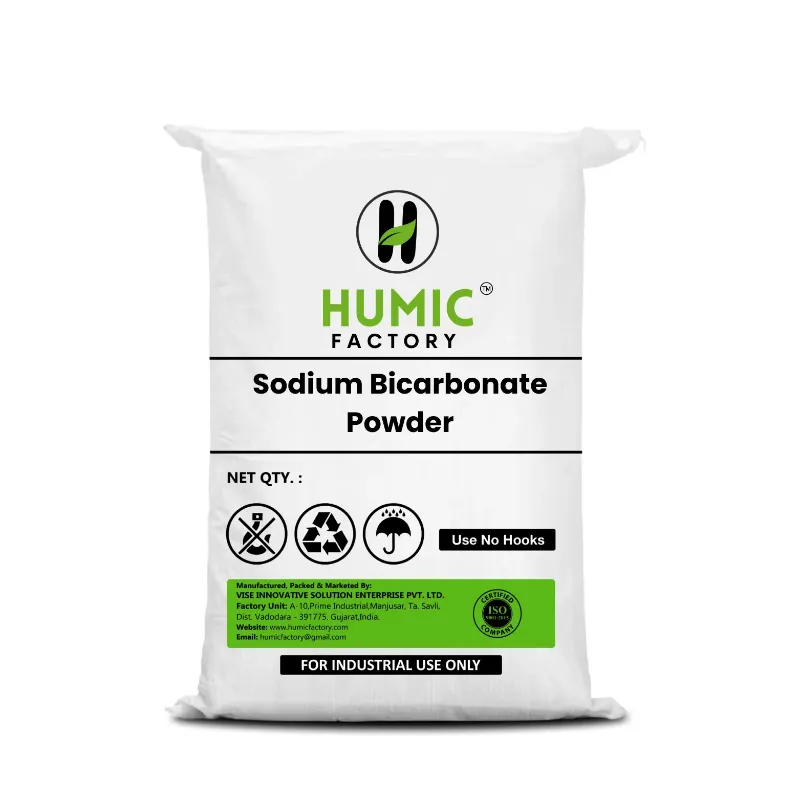Ever wondered what makes your plants perk up, grow lush, and burst with blooms or fruit? The answer might just be sitting in a bag of NPK fertilizer. It’s the go-to secret for gardeners and farmers alike, a simple yet powerful way to give plants exactly what they need. In this 1500-word guide, we’ll dive into the world of NPK fertilizer, breaking down what it is, how it works, and why it’s your ticket to a thriving garden or farm. Whether you’re a newbie with a potted plant or a pro tending acres, this blog’s got you covered—let’s dig in and feed those plants right!
What Is NPK Fertilizer?
First things first: NPK fertilizer isn’t some mysterious potion—it’s a blend of three key nutrients plants crave: nitrogen (N), phosphorus (P), and potassium (K). The numbers on the bag—like 10-10-10 or 20-10-5—tell you the percentage of each nutrient inside. Simple, right? But oh-so-effective.
Think of NPK fertilizer as a balanced meal for your plants. Nitrogen fuels leafy growth, phosphorus powers roots and flowers, and potassium keeps everything strong and healthy. Together, they’re the dream team that turns sad, droopy plants into green superstars. Available in granules, powders, or liquids, NPK fertilizer fits any growing style.
Why NPK Fertilizer Is a Plant’s Best Friend
Plants can’t exactly tell you when they’re hungry, but they show it—yellow leaves, weak stems, or no blooms. That’s where NPK fertilizer steps in. Each nutrient has a starring role:
- Nitrogen (N): The leaf-maker. It’s behind that vibrant green you love, pushing plants to grow tall and bushy.
- Phosphorus (P): The root and bloom booster. It helps plants dig deep and flower like champs.
- Potassium (K): The all-around protector. It strengthens plants against drought, disease, and cold.
With NPK fertilizer, you’re not just feeding plants—you’re giving them the tools to thrive. It’s like a multivitamin for your garden!
Types of NPK Fertilizer
Not all NPK fertilizer is created equal—it comes in different flavors to suit your needs:
- Balanced (e.g., 10-10-10): Equal parts of N, P, and K for all-purpose growth. Perfect for general use.
- High-Nitrogen (e.g., 20-10-10): Leafy green lovers like lawns or spinach adore this.
- High-Phosphorus (e.g., 10-20-10): Great for flowering plants or root crops.
- High-Potassium (e.g., 10-10-20): Boosts fruit quality and plant resilience.
Choosing the right NPK fertilizer is like picking the perfect playlist—match it to your plants’ vibe, and they’ll dance with joy.
When to Use NPK Fertilizer
Timing is key with NPK fertilizer. Feed your plants at the right moment, and you’ll see magic happen:
- Spring Growth: As plants wake up, a balanced NPK fertilizer kickstarts leaves and roots.
- Flowering Time: Switch to a phosphorus-heavy NPK fertilizer when buds appear for epic blooms.
- Fruiting Stage: Potassium-rich NPK fertilizer shines here, plumping up fruits and veggies.
- Stress Recovery: After heatwaves or heavy rain, NPK fertilizer helps plants bounce back.
Think of it like this: a tomato plant in June needs different nutrients than it did in April. With NPK fertilizer, you can tweak the menu to match the season.
How NPK Fertilizer Works in the Soil
Ever wondered what happens after you sprinkle NPK fertilizer? It’s a mini science show! The nutrients dissolve into the soil, where roots snatch them up. Nitrogen gets to work fast, greening leaves in days. Phosphorus sinks deeper, fueling roots over weeks. Potassium spreads out, strengthening the whole plant over time.
Picture a lawn after a dose of NPK fertilizer—within a week, it’s thicker and brighter. That’s the nutrients teaming up underground, turning soil into a buffet for roots.
How to Apply NPK Fertilizer Like a Pro
Applying NPK fertilizer isn’t rocket science, but a little finesse helps. Here’s the rundown:
- Granules: Scatter evenly around plants, then water in. Great for lawns or big beds.
- Liquid: Mix with water and pour or spray—ideal for quick uptake or potted plants.
- Foliar Spray: Mist leaves with diluted NPK fertilizer for an instant boost (go light to avoid burn).
Start with the label’s dosage—say, 1 tablespoon per gallon—and adjust based on how your plants respond. With NPK fertilizer, less can be more if you’re consistent.
Benefits of NPK Fertilizer
Why do growers swear by NPK fertilizer? Here’s the scoop:
Versatility: Works for everything—flowers, veggies, trees, even houseplants.
Fast Results: You’ll see greener leaves or bigger blooms in no time.
Customizable: Pick the ratio that fits your plants’ needs.
Affordable: A small bag of NPK fertilizer goes a long way.
It’s like having a plant doctor, chef, and cheerleader rolled into one handy package.
NPK Fertilizer vs. Organic Options
How does NPK fertilizer stack up against compost or manure? Synthetic NPK fertilizer acts fast, delivering precise nutrients when plants need them most. Organics, though, release nutrients slowly, building soil health over time. The catch? Organics might not pack the immediate punch of NPK fertilizer.A farmer I know uses NPK fertilizer for a quick yield boost, then layers in compost for long-term fertility. It’s not a rivalry—think of them as partners in crime for happy plants.
Real-Life Wins with NPK Fertilizer
People love sharing NPK fertilizer success stories. A gardener turned their patchy lawn into a velvet carpet with a 20-10-10 blend. A veggie grower doubled their cucumber haul using 10-20-10 during flowering. Even a houseplant enthusiast revived a droopy fern with a light dose of NPK fertilizer.One tale stuck with me: a newbie with a sad rose bush tried 10-10-10 NPK fertilizer. By summer’s end, they had blooms the size of teacups. It’s proof this stuff works wonders, no green thumb required.
Potential Pitfalls of NPK Fertilizer
NPK fertilizer isn’t flawless. Overdo it, and you risk nutrient burn—crispy leaves and stunted growth. Runoff can also pollute waterways if you’re not careful. And relying solely on NPK fertilizer might skip the soil-building benefits of organics.The fix? Test your soil, follow directions, and mix in natural amendments. NPK fertilizer shines when used smartly.
Tips for Getting the Most Out of NPK Fertilizer
Want to ace your NPK fertilizer game? Try these:
- Soil Test: Know what your soil lacks—don’t guess!
- Water Well: Nutrients need moisture to reach roots.
- Rotate Ratios: Switch up NPK fertilizer blends as plants grow—leafy, then flowery, then fruity.
It’s like tuning a guitar—get the balance right, and your plants will sing.
The Future of NPK Fertilizer
As farming evolves, so does NPK fertilizer. Scientists are crafting slow-release versions to cut waste and eco-friendly blends to ease environmental impact. With food demand rising, NPK fertilizer remains a cornerstone—simple, effective, and here to stay.NPK fertilizer is your all-in-one ticket to plant perfection. From lush leaves to sturdy roots and dazzling blooms, it’s the easiest way to give your green friends what they need, when they need it. Affordable, flexible, and fast-acting, NPK fertilizer takes the guesswork out of growing—whether you’re tending a windowsill herb or a sprawling field.
At Humic Factory (humicfactory.com), we’re passionate about helping plants thrive. Pair our natural soil enhancers with NPK fertilizer for a combo that’ll supercharge your garden or farm. Pop over to our site and see how we can make your growing adventure even better!
FAQs





